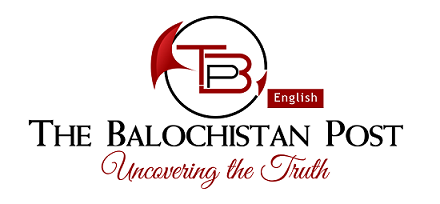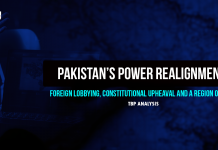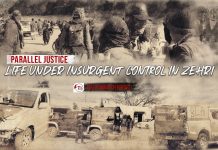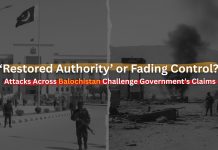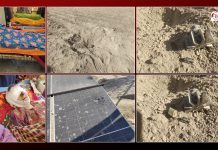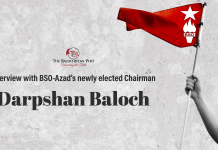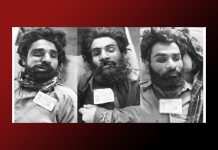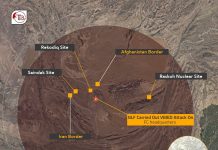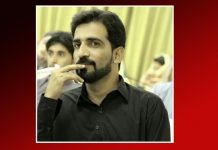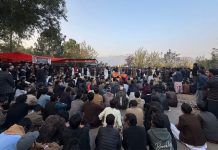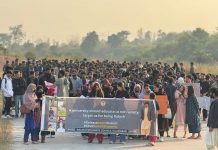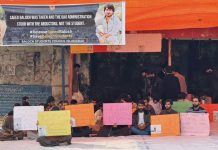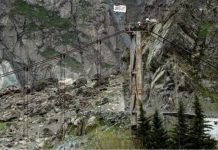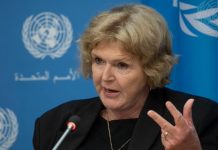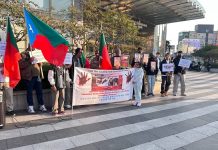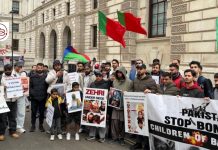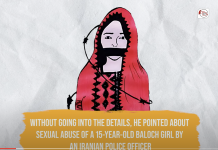Before dawn on Sunday, miners working on a coal field in Geshtri were resting in their residential quarters before the start of another gruelling shift. However, for many the next shift never commenced.
In the dead of night, armed assailants in military gear entered the residential quarters and identified members of a particular ethnicity. They were separated from the rest, blindfolded and their hands tied at their back. What followed next was a scene of macabre. For some the final moments were relatively easier, a few bullets fired from point blank. But several others had to bear a very painful death, their throats were slit.
In total eleven poor labourers were killed. The victims were members of Hazara community, an ethnic minority settled in suburbs of Quetta for decades. The city has never been kind to Hazaras, but it has been at its worst in the last two decades.
Since the end of last century, hundreds of Hazaras have been killed in sectarian violence. Hazara rights organisations claim more than 3,000 have been killed in these attacks. They say the targeted killings have imprisoned them to few kilometres, and they cannot go out of these confined areas. Those who are brave enough to venture out are killed, sometimes in droves. In one such attack in February 2013, 91 people were killed and nearly 200 were injured.
A major proportion of the community has been forced to migrate due to these killings. Many, who were financially able, have settled in Australia and western countries. But, those left are suffering for their uncommitted crimes.
Hazaras practice Shia sect of Islam, and on the face of it this fact has attracted the uncalled wrath upon them. Most of the attacks on Hazara community have been claimed by Sunni militant organisations Lashkar-i-Jhangavi (LeJ) and its offshoots. LeJ, believed to be an asset of Pakistani deep state, had fought alongside Taliban in Afghanistan. However, towards the end of last century it turned its guns on the Shias, particularly the Hazaras of Quetta.
The LeJ recently merged with the so-called Islamic State in Khurasan and Pakistan (ISKP) and has since been carrying out its activities under this name. The Sunday’s attack in Mach was also claimed by the ISKP.
However, Hazara and Baloch leaders cast doubt on sectarianism being the only reason behind these killings. In an interview with The Balochistan Post in 2018, Tahir Khan Hazara, a renowned leader of the community, had said that Hazaras are killed to counter the Baloch freedom movement, as these killings provide the pretext for military operations in Baloch areas. He alleged that security forces are involved in attacks on Hazara community.
An allegation echoed by Bashir Zeb Baloch, the chief of Baloch Liberation Army, who on Sunday alleged that Pakistani secretive agencies are “directly involved” in the attack on Shia Hazaras in Mach. He said that such tactics are used by the “enemy state” to counter Baloch “national resistance”.
But, what is most surprising is the conditions in which this attack was possible. On 26th December, BLA had attacked on check posts of Pakistani military in Bolan. After the attack a massive operation, aided with gunship helicopters, was underway in the region. Thousands of troops on hundreds of vehicles had advanced into the region from Mach and Sibi. There was an unprecedented presence of Pakistani military in the area.
The attack by a religious outfit in these conditions in an area where the military was present in such numbers has raised serious questions.
